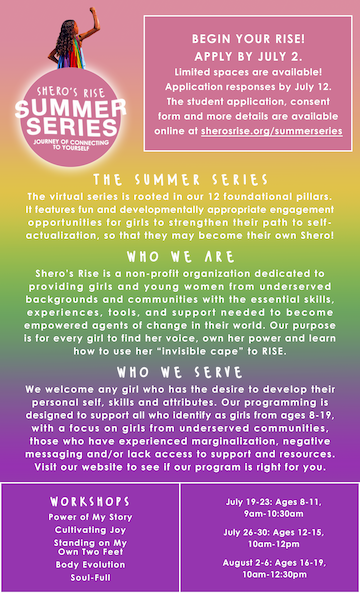Forté Fall Conferences
Even in a pandemic, Forté’s mission of #MoreWomenLeading remains the same. Please join us in encouraging undergrad women to invest in their future selves by helping us spread the word about Forté’s upcoming virtual Fall College Conferences!
Forté Undergraduate Campus Leadership Summit
This is an opportunity for undergrad women to maximize their personal strengths and develop their unique leadership style. Open to sophomores, juniors, and seniors who are collegiate chapter student leaders, women in business club student leaders, and Forté Undergraduate Campus Ambassadors.
Sept. 30 – Oct. 1, 2021
Registration Deadline: Sept. 23
College Fast Track to Finance Conference
Open to sophomores and juniors of all majors interested in exploring the many career paths in finance. First-year students who are business majors or have previous experience and seniors that have not accepted full-time employment may also register.
Oct. 14-15, 2021
Registration Deadline: Oct. 1
Partners: PIMCO, Bank of America, Bloomberg, Credit Suisse, Deutsche Bank, Evercore, Greystar, Guggenheim Partners, Hines, J.P. Morgan, PNC, and Vanguard
Candid Conversations for Black, Latinx, and Native American Undergraduate Women Conference
Open to college women from historically underrepresented groups in business and diverse academic backgrounds — with a focus on the experiences of Black, Latinx, and Native American women.
Oct. 28-29, 2021
Registration Deadline: Oct. 15
Partners: PIMCO, Anheuser-Busch InBev, Bank of America, Bloomberg, Credit Suisse, DaVita, Deloitte, The Dow Chemical Company, Evercore, Hines, Liberty Mutual, UBS, and PNC
If you know a woman who would benefit from attending our virtual conferences, please send her this link: http://bit.ly/fortecc. You can also post the following on your social channels to help spread the word:
The business world needs more women leaders. Registration is now open for undergrad women to build leadership skills, expand their network, and develop their personal brand at Forté College Conferences this fall. Let’s get #MoreWomenLeading! http://bit.ly/fortecc.
Thank you for spreading the word about these events and Forté’s mission to get #MoreWomenLeading!
*Stay in the know! Subscribe*










